I talk a lot about short squeezes — especially lately. But too many traders still don’t understand why short squeezes happen.
So why should you care?
Because short squeezes can create massive opportunities for prepared traders.
But you gotta know your enemy — the short seller. You have to know how the shorts think. You need to know how you can be one step ahead of them…
I’m here to help you. But first, let’s start with the basics…
Table of Contents
What Is a Short Squeeze?
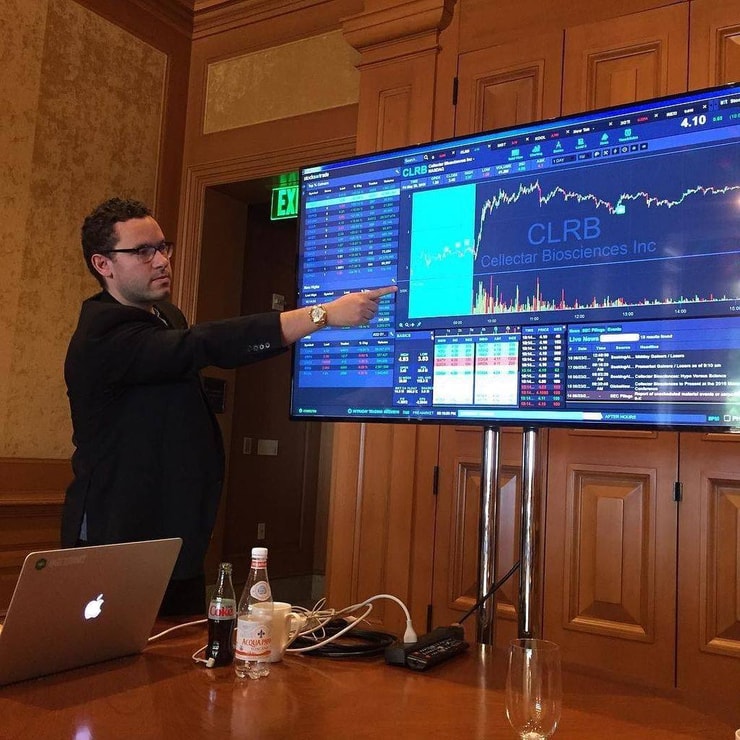
A short squeeze is when short sellers get squeezed out of their positions. That happens because the stock price continues to rise.
The funny thing is, the shorts create the squeeze in the first place and push up the price.
Let’s break down shorting first…
Short sellers are convinced a stock’s price will drop in value. To short a stock, you have to borrow shares from a broker. You then sell them and buy them back, hopefully at a lower price. You keep the price difference as profit.
A short squeeze happens when short sellers cause a price spike on a heavily shorted stock.
That spike can attract the longs too. So as more longs and shorts pile into the stock, the price goes up and up.
That leads to more shorts buying to cover. Do you see what’s happening here?
And as the price rises, it squeezes more and more shorts out of their positions.
But why do short squeezes happen at all? Why don’t the shorts exit their positions before prices rise? That’s because…
Short Sellers Are the New Promoters
A lot of traders don’t understand why short squeezes happen. They don’t understand how the most fundamentally flawed company can become the biggest spiker in the entire market.
It’s all because there are so many over-aggressive short sellers in the market right now.
Even stocks that have a history of failing can become big spikers. So many short sellers think these stocks have to go down … They’re often right, just far too early to jump in.
That overconfidence can mean the shorts add to their positions as the stock price goes up.
Eventually, the shorts can’t take the pain — they have to buy to cover. Or their broker buys them in if their losses are too high.
That’s why these sketchy stocks can go so much higher on a short squeeze. Even when the price seems too high, that’s when the shorts get squeezed the most. And the price goes even higher. Short sellers are better at driving up prices than the old promoters…
They love to brag about their positions on social media. They promise BIG gains with screenshots of profits. But they don’t explain the risks. They don’t even share how much they put into trades.
This is why I don’t recommend that traders short sell in this market. When a strategy becomes overcrowded, it usually stops working.
My top student Tim Grittani reports making over $2 million** so far this year … And he’s going long more than short these days.
**Grittani’s results aren’t typical. My top students put in the time and dedication and have exceptional skills and knowledge. Most traders lose money. Always remember trading is risky … never risk more than you can afford to lose.
Let’s look at some historic short squeezes. This is why you MUST study the past…
NOTHING in the market is easy, except losing $ when you ignore education & I know I'm early in saying this since the market is so hot & the dumbest person you know can still make $ right now, but trust me after 20+ years trading I know how this current mania ends, it's not pretty
— Timothy Sykes (@timothysykes) May 19, 2020
How High Can a Short Squeeze Go?
We’ve seen some amazing short squeezes in the past. First, there was Dryships, Inc. (NASDAQ: DRYS) in 2016. It was an epic short squeeze.
Dryships, Inc. (NASDAQ: DRYS)
DRYS was one of the most fundamentally flawed companies. It had a ton of debt. But it became the biggest gainer in the entire market. So many shorts piled into this stock. They all thought it was gonna go bankrupt.
But after three reverse stock splits brought the share float to under one million, the company released some good news that it was in talks with its creditors. The stock started going up … and up…
It went from $5 to $120 over three days. (Side note: It’s since merged with another company, so the ticker DRYS no longer exists.)
Bio-Path Holdings, Inc. (NASDAQ: BPTH)
Here’s another incredible short squeeze. In early 2019, BPTH also had consecutive reverse stock splits that brought its total available shares to around one million.
Then it had good news about its drug results.

That brought massive volume to the stock. It went from single digits … all the way up to $70 per share in a few days. Eventually, the shorts were right. But so many short sellers were busted on that stock. It just kept spiking.
With both DRYS and BPTH, it wasn’t just the shorts in the stock when it started to run … The shorts getting in on the way up got crushed too.
These stocks can run on news and have massive green days. That’s not the kind of setup I recommend shorting. And I don’t short much these days.
But I have made a few short trades recently…
More Breaking News
- Is Color Star Technology’s Partnership with UAE Royalty the Key to Global Success?
- Tesla in the Financial Spotlight: Heading to $2 Trillion by 2025?
- Could Recursion’s Clinical Trials Signal a New Dawn for Biotechnology Breakthroughs?
Co-Diagnostics, Inc. (NASDAQ: CODX)
I shorted CODX after seeing news that linked the company to boiler rooms.
Check out my verified trade here. I sold 1,000 shares at $12.10 and covered at $11.53. People asked me why I covered so quickly. Frankly, I’m scared of short selling. I’m a little rusty, and you just never know…
And good thing I didn’t hold and wait for the stock to go to zero, like so many newbie shorts…
I would have been crushed in the massive short squeeze that followed…
This Is Why Short Squeezes Happen
Just days after the report linked the company to a boiler room, the stock nearly tripled in one giant short squeeze. This is exactly why I rarely short these days. These squeezes happen too often.
And too many people don’t understand why short squeezes happen. How can a stock that’s linked to a boiler room be one of the best performers?
Because people don’t study the past. They don’t know that short squeezes can and do happen.
They just short the stock and wait for it to go to zero. But it’s not that simple. These stocks can spike on speculative news, rumor, and hype — FAST.
In this case, it was an earnings report…
Learn How to Take Advantage of a Short Squeeze
A day before CODX was due to release after-hours trading, it climbed to a high of $31.40.
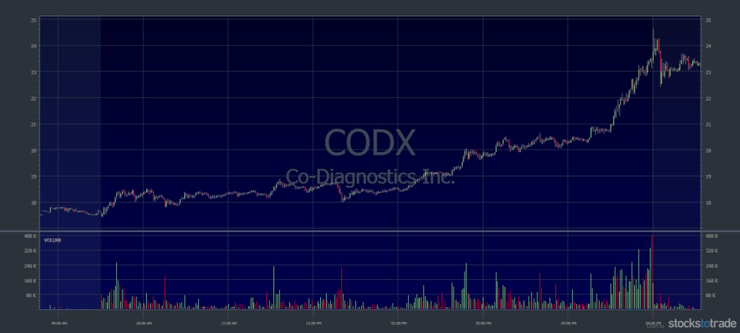
The way to take advantage of these short squeezes is to recognize when a stock has been pushed down. Know where the shorts will get uncomfortable and start covering. That’s where you can get in and ride the wave up.
Recognize why short squeezes happen and learn how to trade it. Yes, junk stocks can run, and they can run more than you expect.
Even when the overall markets are down, you can have these big winners. Learn to take advantage of these giant short squeezes on the long side.
Here’s another recent big winner…
Sorrento Therapeutics, Inc. (NASDAQ: SRNE)
Look at the chart for SRNE on Friday, May 15. The stock had news about a potential coronavirus cure. The float was huge, but so was the volume — 500 million shares traded in one day!
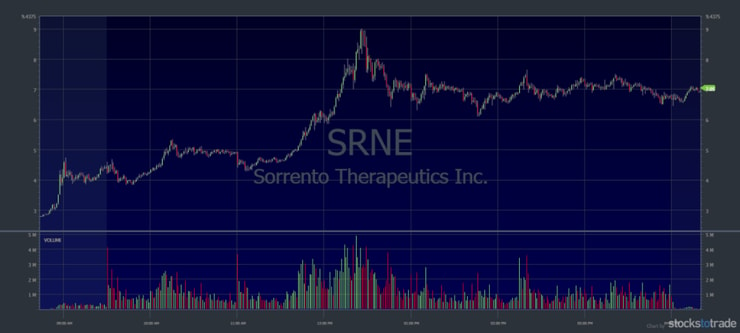
I bought this on a dip after its huge run. I got 2,000 shares at $6.55 and sold at $7.37 for a profit of $1,640.**
[**My results are NOT typical. I’ve spent years developing exceptional skills and knowledge. Always remember trading is risky. Never risk more than you can afford.]
Even though SRNE had a huge float, it traded massive volume. It had news and hype. It’s not a stock the short sellers should’ve been shorting.
With so many volatile plays these days, it can get overwhelming, especially for new traders. But even I’m getting exhausted…
Become a Self-Sufficient Trader
It’s so easy to overtrade in a market like this. If you find yourself in that position, step away and focus on studying instead. Here are just a few key resources…
Get my no-cost “Volatility Survival Guide” to learn how to trade through any volatile market — including this one.
You can learn more about the supernova pattern with this no-cost Supernova Alerts webinar replay. You can also sign up to get my Supernova Alerts.
Need help building your watchlist? See what I put on my list every week — subscribe to my FREE weekly stock watchlist here.
My job as a teacher is to help you understand how to take advantage of these opportunities. Every trader is different. Some are better at shorting, some excel at dip-buying. You have to figure out what works for you.
I have seven indicators I check before any trade. I outline them all in my “Trader Checklist Part Deux” guide. And every morning I look at the biggest percent gainers on StocksToTrade.
I’m also loving the new Breaking News chat room on STT. It’s run by two market pros who sift through breaking news all day … They only post news that can really move stocks. You can even ask them questions and connect with other traders on StocksToTrade. Learn more here.
You have to be willing to WORK to improve your trading. You have to invest in your education for now and the long term. You never stop learning as a trader. And you need to…
Know Your Enemy

If you want to better understand short squeezes, you need to know how short sellers think.
Short sellers can spike stocks more than promoters these days. These shorts don’t care about a market education or a trading process. They just short any ‘junk’ stock that’s up.
Then when stocks start to turn on them, they get squeezed and create massive spikes. When CODX was linked to boiler rooms, there were so many scam and fraud alerts. But it just doesn’t matter in this market — because the company also has a coronavirus test.
Shorting is a crowded niche. These traders all have to outbid each other to get out. When I shorted CODX, I shorted it at E-Trade. That means that a lot of brokers likely had shares to short.
This can be hard for traders to understand. But it’s why short squeezes happen. And it’s how the sketchiest company can become the single best stocks to trade … Thank the short sellers.
Short Squeezes: The Bottom Line
I’m grateful for all the newbies and short-sellers in the market right now. They’re great at driving up prices. And they’re providing great opportunities for the rest of us. You can learn to take advantage of it … if you’re prepared.
These stocks can go higher than you think. But you have to learn to react, not predict. Wait for stocks to prove themselves.
There’s so much opportunity right now. And I want to teach you — if you’re dedicated to learning the process and how to think for yourself in the market.
I’m busier than ever with so many applications to the Trading Challenge. You have to apply — I don’t want to work with lazy students who have the wrong mindset.
I’ve made a lot of mistakes and learned a lot in my 20+ years of trading. Now I want to share what I know with people who are dedicated to learning for the long term. Don’t waste my time if you think this is a way to get rich quick or if you just want hot stock picks.
Think you’re up for the Challenge? Apply now and find out.
What do you think about short squeezes? Let me know in the comments … I love to hear from you!
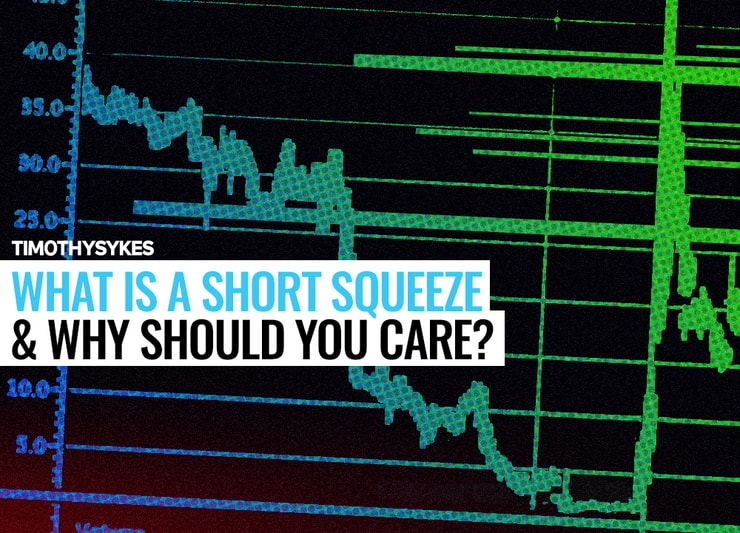
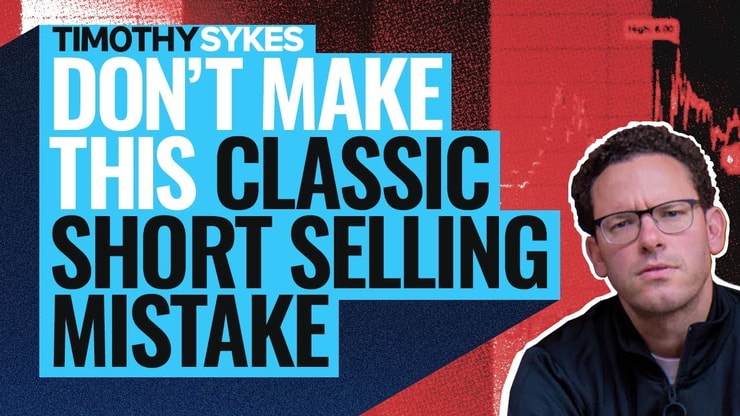



Leave a reply